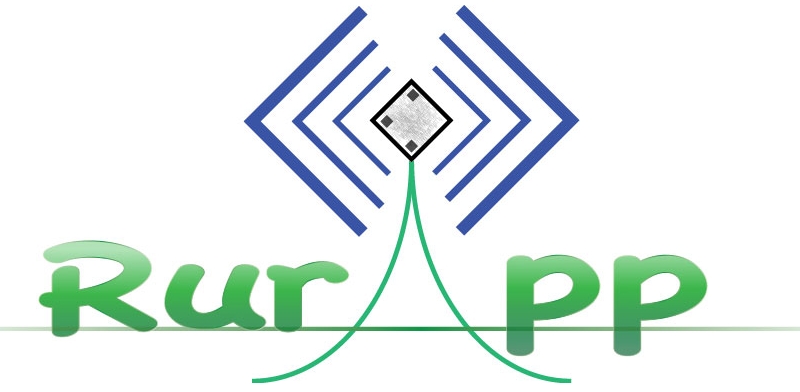Cheryl Hazenberg an expert in farming from Alberta has just released an excellent article comparing various animal traceability systems in France, Australia & the UK. In summary, Cheryl explains that consumers are demanding more and more information every year. Key traceability information for Carcasses include kill date, carcass weight, detention information, grade, and an internal tracking number. The arguement is clear that it is better to voluntarily begin the process in the USA instead of waiting until export markets get closed or the government forces it upon us after a food safety scandal. A perfect example of the risk to brands and export markets is the ‘horse meat scandal’
UK System
The compulsary British ear tag system uses a double visual tag system with a 15-digit number printed on them. Sheep are required to use Electronic Identification (EID) tags but cattle are not, so these plants have to manually type in the number of each animal that crosses their floor. This particular company uses specialized in-house software to track data on the animals after tags are removed, with the tag number again correlated to a kill number assigned by the plant.
Australian System
In comparison, the Australian Animal Health traceability system is called NLIS. This process uses Radio Frequency Identification (RFID) tag exactly as the Alberta USA system does. The advantages of the system happens after the animal is killed and the processing begins. The traceability stays with the animal throughout its journey through the plant and is continued all the way to the grocer’s shelf.
To read the rest the entire article please visit this link;
http://www.albertafarmexpress.ca/2015/03/23/are-we-using-traceability-to-its-full-potential/


